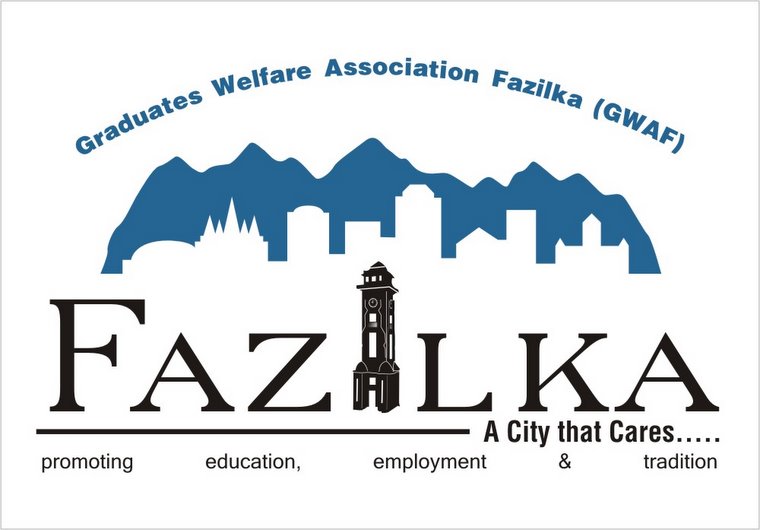Tribune News Service
Ropar, March 23
As many as 30,048 persons have died in road accidents in last one decade in Punjab. While the state government had privatised road infrastructure development way back in 2004, it established a monitoring authority - Punjab Infrastructure Regulatory Authority (PIRA) - in 2009. Till date, PIRA just has a chairperson and the entire body structure remains to be nominated.
A brief analysis of the road fatalities trend 2001-2010 shows that till 2004 there were less than 2,700 deaths every year. "However, in 2004, the land prices increased sharply wielding Punjab's farmers with more power and money. Further in 2005, the liberal excise policy (spurt in number of liquor vends on roadsides) and privatisation of road network under build-operate-transfer (BOT) basis increased fatality growth by 7.64 per cent," observes Navdeep Asija, a research scholar on road safety with the IIT, Delhi.
By 2006, partial commissioning of BOT roads led to 6.8 per cent increase in accidents that further climbed by 9.9 per cent in 2007 with completion of many of the BOT roads. As per the Punjab Infrastructure (Development and Regulation) Act, 2002, the state government was supposed to set up PIRA within three months of notification of the Act. While a retired IAS officer, Tejinder Kaur, was appointed chairperson of PIRA in July 2009, the body's other members are yet to be appointed.
Rupinder Singh from NGO Safe Roads For Us says according to norms, the government should set up an authority to monitor BOT projects from the day construction work starts. In the name of road safety during the ongoing projects, small and vague boards announcing work in progress are installed. After dark and at times during the day, these boards are almost redundant leading to accidents.
"Here the regulatory authority plays pivotal role in keeping an eye on such road safety measures that constitute just five per cent of the total cost of project involved. If we err on road, we are challaned. Now the government has committed a tale of errors, but who will punish it?" he said., adding that even increase in fuel prices push down road accidents. The same was proved in 2008 when fuel prices increased sharply and fatalities came down by 0.9 per cent.
Later in 2009, fatalities increased by 9.7 per cent as fuel prices stabilised and more than 2,000 km of state and national highways were upgraded. In 2010, number of accidents reduced by 5.5 per cent owing to improved public transport system.
"Last year, the government had eased rules to pave way for more AC and luxury buses in the state. Accordingly, people preferred travelling in such improvised public system transport and 15 per cent rise in fuel prices, too, deterred people from using own vehicles. Road safety is a multidisciplinary approach. One department like transport or the police alone cannot handle it, even if they try to do their best," says Navdeep.

No comments:
Post a Comment